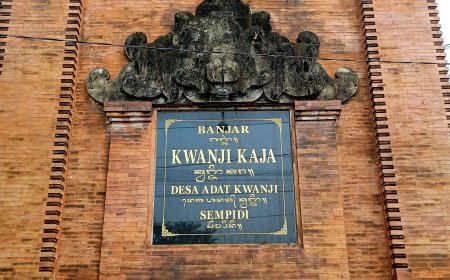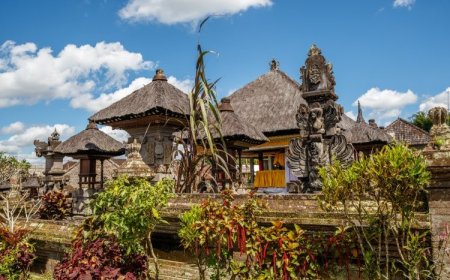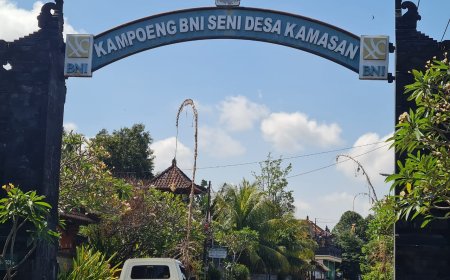Bedahulu: An Ancient Village Holding Bali's Long History
Behind the exotic natural beauty of Bali lies the ruins of an ancient kingdom within a village called Bedahulu, which holds countless mysteries. More than just a village, Bedahulu is a silent witness to the glory of a kingdom that once ruled a part of Bali. The Kingdom of Bedahulu, with its capital around Pejeng, Gianyar Regency, was a complex and influential political entity in its time.
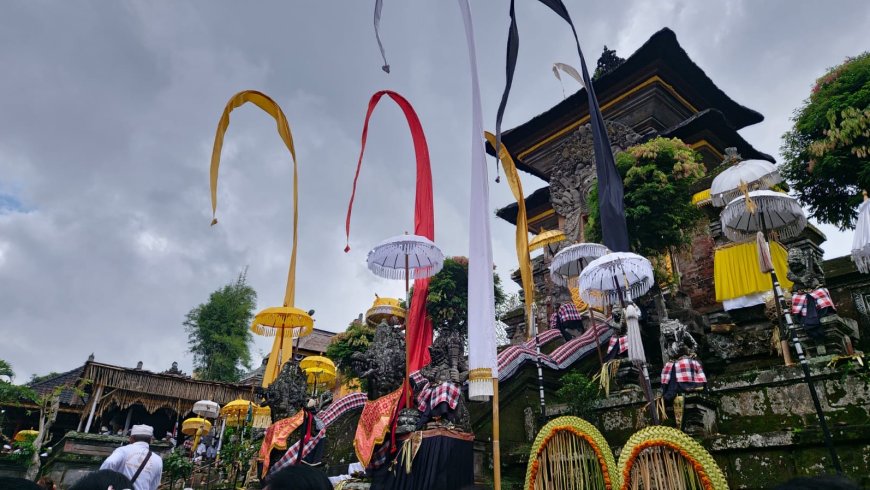
Bedahulu became a center of power from the 8th to the early 14th century. During this time, Dalem Bedahulu and kings such as Sri Kesari Warmadewa solidified the village’s place in history. Strategically located along the Pekerisan and Petanu rivers, this village became the heart of political and spiritual life in Bali. Ancient inscriptions found around Bedahulu, such as the Blanjong Inscription, show that this village was an important political hub. Its people developed an agrarian system with a complex social structure, making Bedahulu not only a center of government but also a spiritual center.
The Life of the Bali Aga Community
As the center of life during the Kingdom of Bedahulu, this village was also closely linked to the Bali Aga community, the indigenous people of Bali who preserved unique traditions and cultures distinct from other regions of Bali. The Bali Aga lived with a strong kinship system, engaging in an agrarian lifestyle passed down through generations. In their lives, values such as mutual cooperation and respect for ancestors are still strongly upheld today, even as Bedulu has undergone many changes. The role of the Bali Aga in maintaining the heritage of Bedahulu makes this village not just a historical relic but also a living center of tradition.
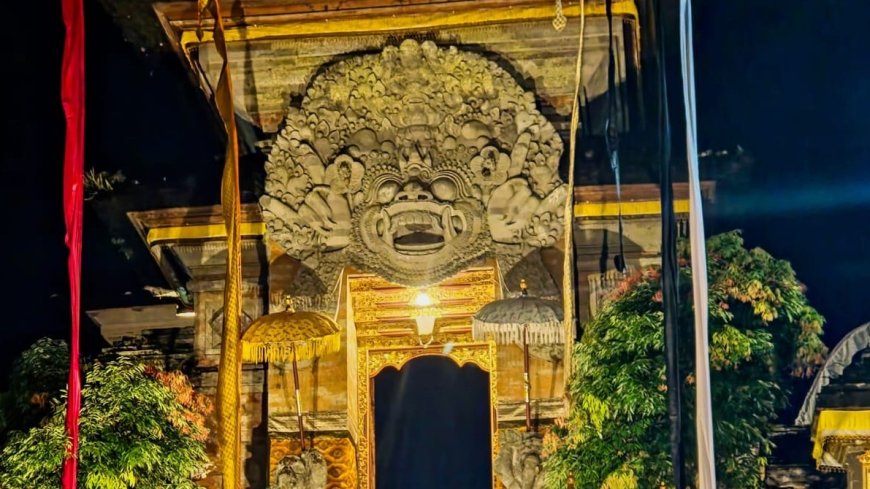
Samuan Tiga Temple (Photo Source : Personal Collection)
During its heyday, Bedahulu was not just a center of power but also a dynamic center of social life. Its inhabitants thrived on agriculture, which flourished in the fertile lands surrounding the Pekerisan and Petanu Rivers. In addition to farming, they were also active in religious activities and trade with neighboring kingdoms. The social structure of Bedahulu was based on a caste system, with nobility and priests holding significant positions in both political and spiritual life. Religious ceremonies, such as the worship of Hindu and Buddhist deities, also played an important role in daily life.
The Role of Women in the Kingdom of Bedahulu
In the society of Bedahulu, women played a significant role. They were involved not only in household duties but also in religious ceremonies and even governance. Many queens and female figures in Balinese history had considerable influence, although not always documented in detail. In Bedahulu, women often participated in important religious rituals and preserved family traditions. This reflects a balance of roles between men and women in both spiritual and social life.
Relations with Other Kingdoms
The Kingdom of Bedahulu also had diplomatic relations with neighboring kingdoms, both in Bali and outside Bali. For instance, there is evidence of relations between Bedahulu and kingdoms in Java, including Sriwijaya and Majapahit. These relationships were not always harmonious, with several conflicts arising over influence and power in Bali. Bedahulu managed to maintain its independence until it was ultimately subdued by Majapahit in the 14th century, although it previously succeeded in forming strategic alliances with other kingdoms.
Majapahit Conquest and Name Change
In the 14th century, Bedahulu faced the threat of expansion from the Majapahit Empire. The last king of Bedahulu, Sri Astasura Ratna Bumi Banten, fiercely resisted Majapahit’s attempts at conquest. However, with a stronger military force, Majapahit ultimately succeeded in conquering Bedahulu.
The resistance of Bedahulu against Majapahit was not merely a physical battle but also a struggle for identity and independence. The myth of the Bedahulu King with a pig's head is often interpreted as a symbol of the Balinese people’s resistance to colonization. The pig’s head symbolizes determination and courage in defending the nation's dignity. Although Bedahulu eventually fell, this spirit of resistance lives on in the memory of the Balinese people and continues to inspire future generations. This conquest marked the end of the Ancient Balinese Kingdom era and ushered in a new period in Bali under Javanese influence. The village’s name slowly changed from Bedahulu to Bedulu, but its significant role in Balinese history remains unforgettable.
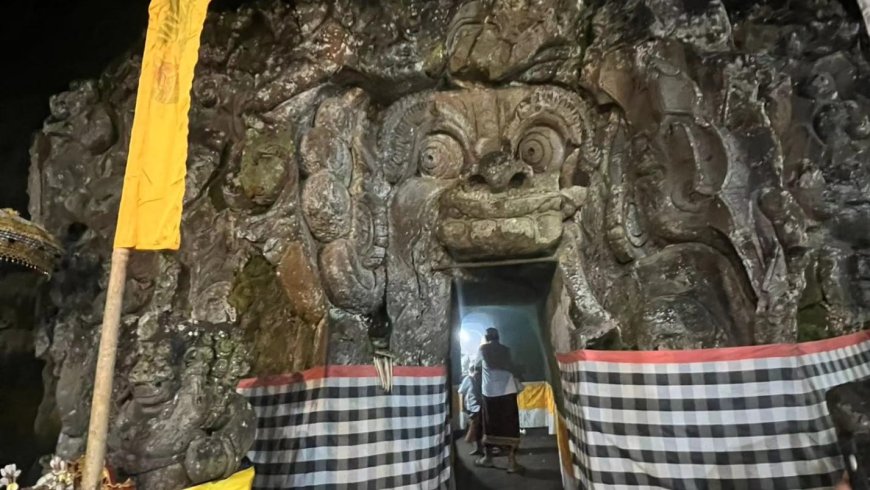
Goa Gajah Temple (Photo Source : Personal Collection)
Captivating Historical Relics
Bedahulu holds several highly valuable historical sites. Some of them include:
1. Goa Gajah: More than just a cave, Goa Gajah is a religious complex blending Hindu and Buddhist elements. The reliefs adorning the cave walls depict various mythological creatures and everyday life. Goa Gajah is believed to have been a sacred place of meditation and worship.
2. Pura Samuan Tiga: This temple symbolizes Bali’s high religious tolerance. The existence of the three main Hindu sects within one temple illustrates the harmonious coexistence of diverse beliefs.
3. Pura Yeh Pulu: The long relief at this temple tells detailed stories of Bedahulu’s people, from agricultural activities to religious ceremonies. This relief is a valuable source of information for historians and archaeologists.
4. Recent Archaeological Discoveries: Archaeological excavations in various parts of Bedahulu continue to reveal interesting findings. These discoveries provide important clues about city planning, social systems, and technological advancements during that era.
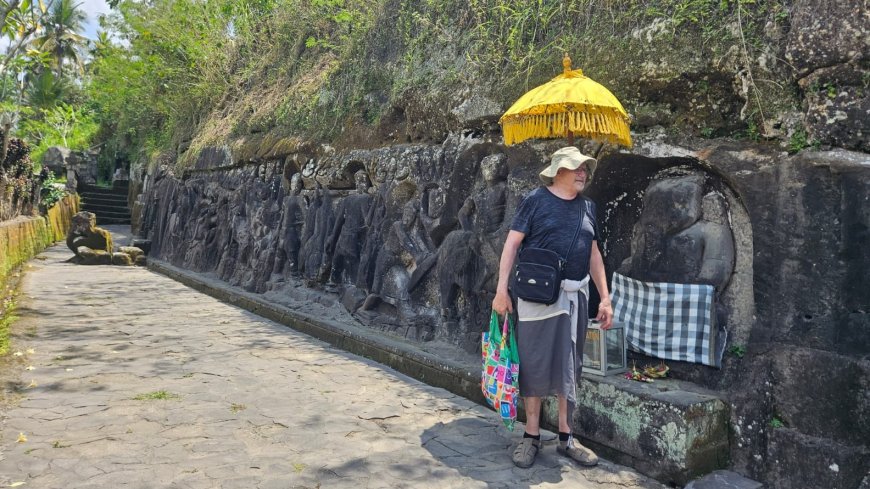
Yeh Pulu Temple (Photo Source : Personal Collection)
Discovery of Artifacts and Archaeological Significance
Bedulu has also become the site of important artifact discoveries that provide insights into the life of ancient Balinese people. Among the most significant finds is the Bulan Pejeng Nekara, the largest bronze drum in the world, believed to date back to prehistoric times. Many of these artifacts, including statues and inscriptions, are now largely housed in the Gedong Arca Museum in Gianyar.
Bedulu in the Modern Era
Today, Bedulu remains an important village in preserving Bali's history and culture. The local community continues to uphold traditions, customary ceremonies, and religious celebrations as a form of respect for their ancestors. The village also serves as an attractive cultural tourism destination, offering visitors the opportunity to gain deeper insights into the history and culture of Bali.
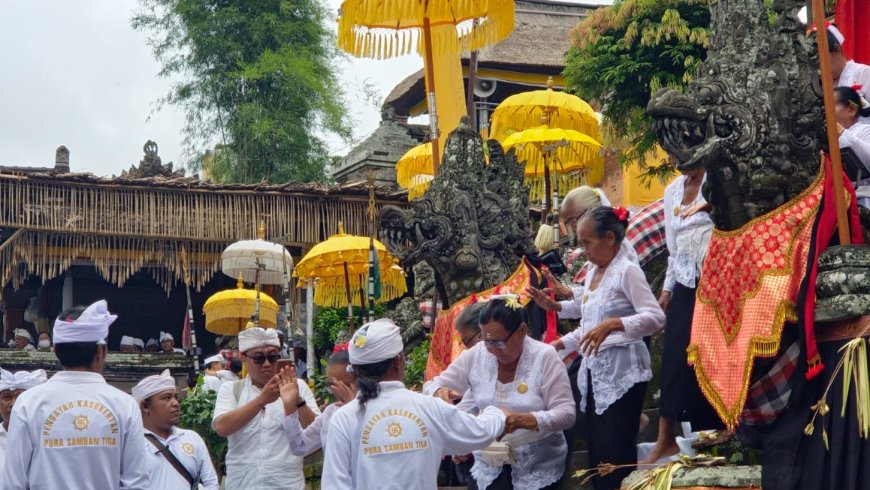
Religion Ceremony in Pura Samuan Tiga (Photo Source : Personal Collection)




















































